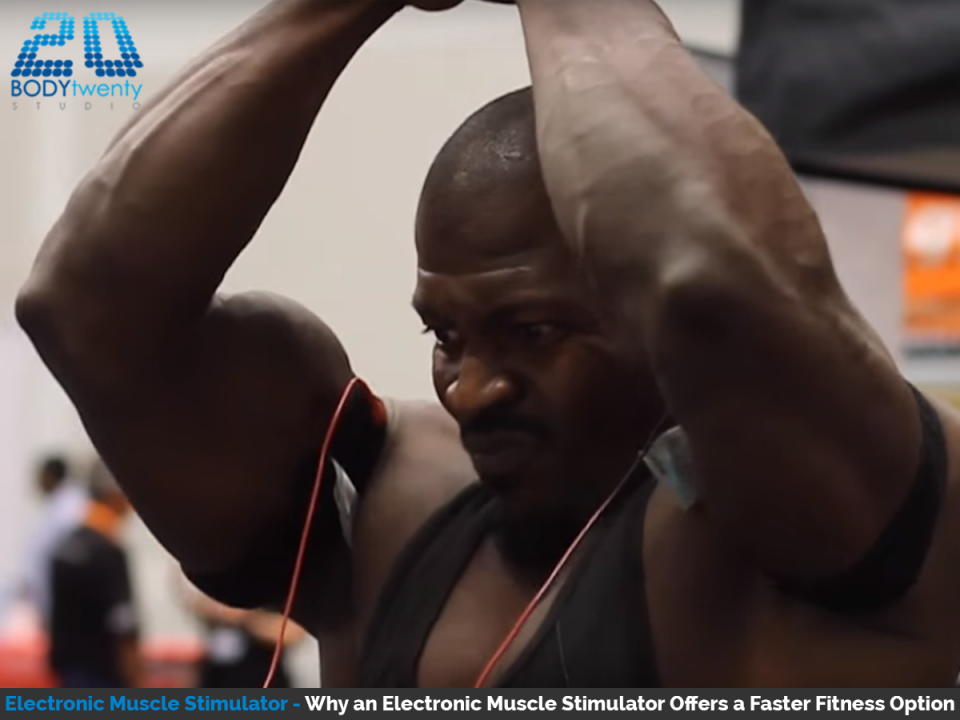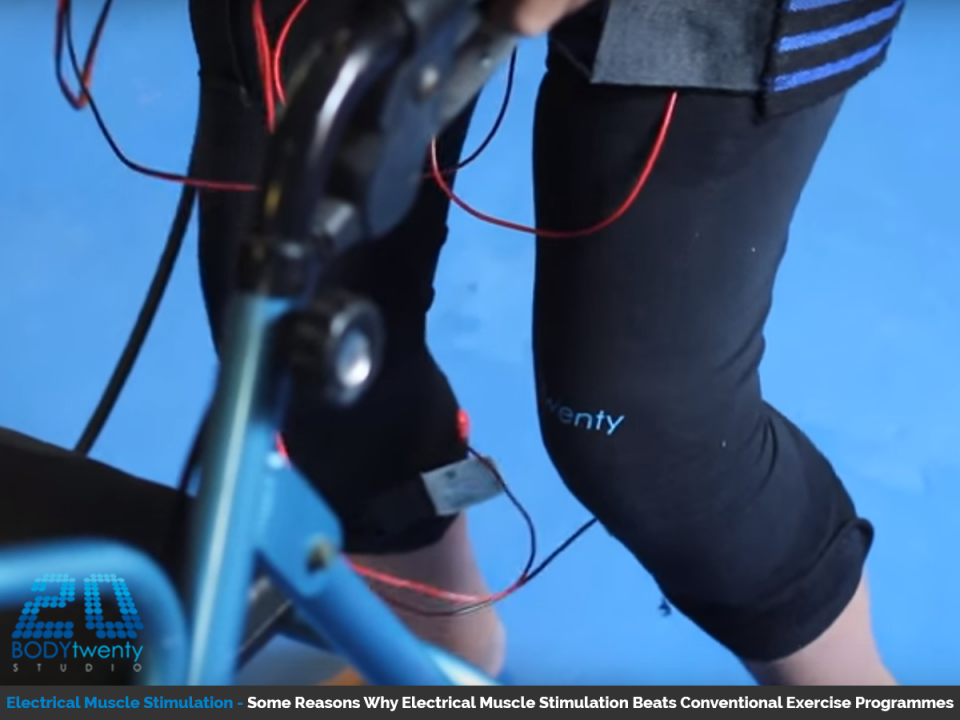Electronic Muscle Stimulator
How an Electronic Muscle Stimulator Could Shape Your Body Faster
It may be that, during a high school biology class, you once watched your teacher use a pair of electrodes, powered by a small battery, to apply an electric current to the dissected leg muscle of a euthanised frog. If so, it is likely that you were surprised to see the resulting muscular contractions, which may well have conjured images of Baron Frankenstein and his bizarre creations. In fact, your teacher would have been repeating a landmark experiment that was first conducted in 1780 by one Luigi Galvani. His findings eventually confirmed that muscular contractions were the direct result of the natural electrical activity within those nerves responsible for initiating voluntary movements.
Based upon his discovery, eighty years later, Arthur Garrett produced a book entitled “Electrophysiology and Electrotherapy” which gave details on the manner in which an electronic muscle stimulator could be used to help people with impaired muscle function or mobility. Despite this, it was more than a century later, in 1971, that the technique now commonly referred to as EMS was first applied to humans. It was immediately hailed as a success with many of the patients treated, as they experienced improvements in strength of up to 40 percent.
Surprisingly, only in the ‘90s did EMS become generally accepted as an effective technology for use in fitness training. Since then, however, it has been adopted by training centres all over the world, and is as much a favourite among the professional athletes and body builders of both genders, as it is with the hundreds of thousands of aspiring amateurs who can attest to its effectiveness.
One of the many benefits of using an electronic muscle stimulator in a fitness programme is that it can be adjusted to meet the needs of the individual. There are thus programmes for those who simply wish to lose weight or to rid themselves of embarrassing cellulite, whilst others are designed either to build the additional bulk that is required by a body builder or, instead, to develop a leaner, toned appearance with well-defined musculature.
Although clearly invaluable, versatility is not the benefit that provides the greatest appeal to the fans of EMS fitness training. The use of electrical impulses to provoke involuntary muscular contractions has been shown to be five times more effective than the same time spent in conventional resistance training. One thing that everyone wants more than a good result is to arrive at that good result in far less time and, if possible, with far less effort. Fitness programmes that involve the use of an electronic muscle stimulator are designed to deliver both of these hoped-for benefits. In practical terms, this means that a programme custom made to your current fitness level and desired goals could require no more than twenty minutes of your valuable spare time each week.
On a lighter note, there is an undeniable appeal to donning a kit that would not look out of place on an astronaut or the set of Tron. The special clothing provides the attachment points via which the programmed electrical charges are applied, while a controller allows the trainer to make adjustments. Talk to a Body20 studio about how an electronic muscle stimulator could aid your fitness levels.





